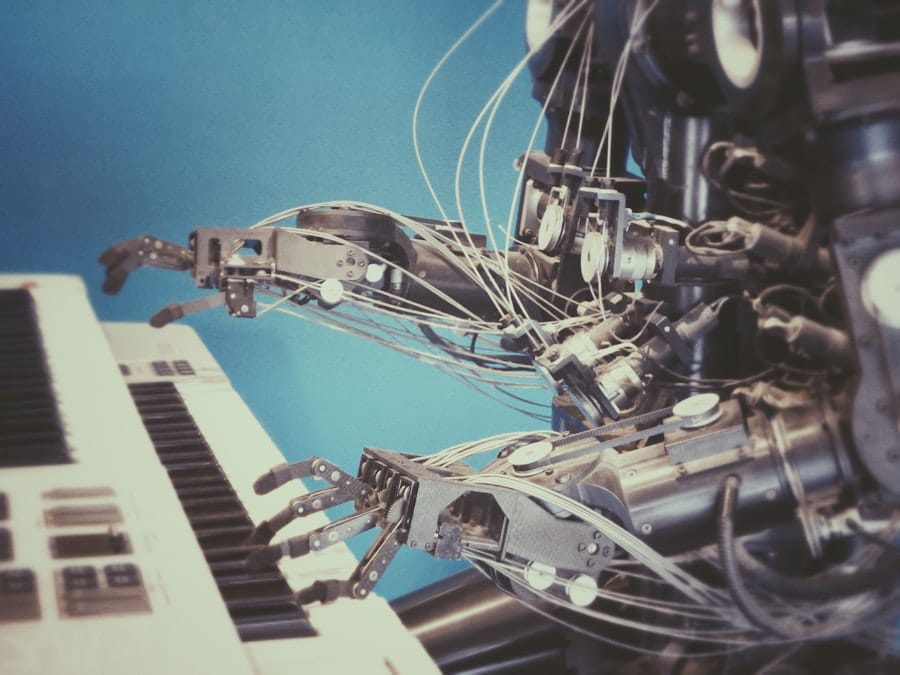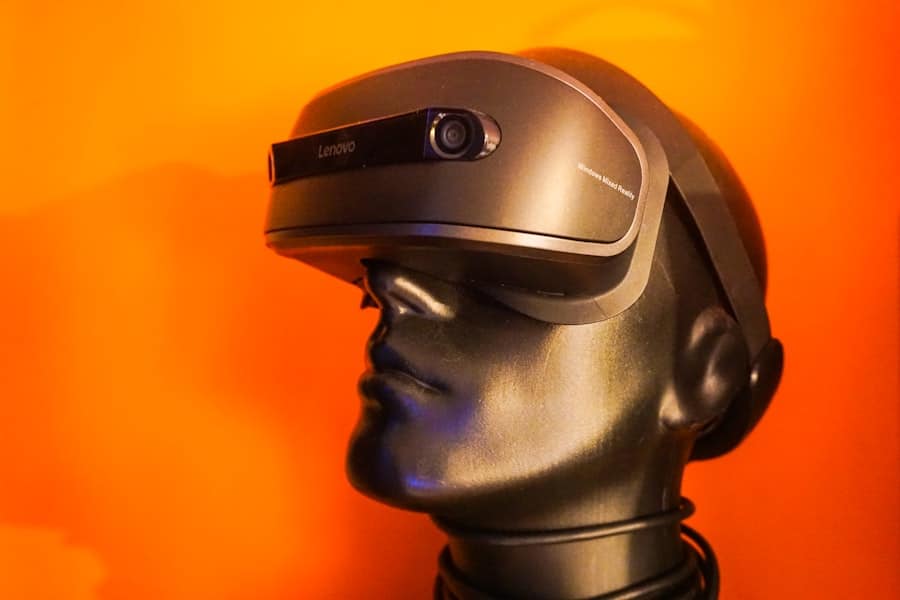Medical imaging is a cornerstone of modern healthcare, providing critical insights into the human body that facilitate diagnosis, treatment planning, and monitoring of diseases.
Traditional imaging modalities, such as X-rays, CT scans, MRIs, and ultrasounds, have evolved significantly over the years, yet they still face challenges related to interpretation errors, variability in image quality, and the inherent limitations of human analysis.
The quest for enhanced accuracy in medical imaging has led to the exploration of advanced technologies, particularly machine learning, which promises to transform the landscape of diagnostic imaging. The integration of machine learning into medical imaging aims to address these challenges by leveraging algorithms that can analyze vast amounts of data with precision and speed. By training on large datasets, machine learning models can learn to identify patterns and anomalies that may be missed by the human eye.
This capability not only enhances the accuracy of diagnoses but also streamlines workflows in radiology departments, allowing healthcare professionals to focus on patient care rather than time-consuming image analysis. As the field continues to evolve, understanding the implications of machine learning on medical imaging accuracy becomes increasingly important for both practitioners and patients alike.
Key Takeaways
- Machine learning significantly enhances the accuracy of medical imaging by improving image analysis and diagnosis.
- It offers benefits such as faster processing, improved detection rates, and personalized treatment plans.
- Challenges include data quality, algorithm transparency, and integration into clinical workflows.
- Successful applications include cancer detection, disease classification, and image segmentation.
- Ethical considerations focus on patient privacy, bias mitigation, and ensuring equitable access to technology.
The Role of Machine Learning in Medical Imaging
Machine learning, a subset of artificial intelligence (AI), involves the development of algorithms that enable computers to learn from and make predictions based on data. In the context of medical imaging, machine learning algorithms can be trained to recognize specific features within images, classify them into categories, and even predict patient outcomes based on imaging data. This process typically involves feeding large volumes of annotated images into a model, which then learns to differentiate between normal and abnormal findings.
Techniques such as convolutional neural networks (CNNs) have gained prominence due to their effectiveness in processing visual data. The role of machine learning in medical imaging extends beyond mere image classification. It encompasses various applications, including segmentation—where algorithms delineate structures within an image—and detection, where they identify specific abnormalities such as tumors or fractures.
Furthermore, machine learning can assist in image enhancement by reducing noise and improving resolution, thereby increasing the overall quality of the images produced. As these technologies continue to advance, they hold the potential to revolutionize how radiologists interpret images and make clinical decisions.
Benefits of Using Machine Learning in Medical Imaging

The incorporation of machine learning into medical imaging offers numerous benefits that can significantly enhance diagnostic accuracy and efficiency. One of the most notable advantages is the ability to process and analyze large datasets quickly. Traditional methods often require extensive manual review by radiologists, which can be time-consuming and prone to human error.
Machine learning algorithms can sift through thousands of images in a fraction of the time, identifying patterns and anomalies that may not be immediately apparent to human observers. Additionally, machine learning can improve diagnostic consistency across different practitioners. Variability in interpretation is a well-documented issue in radiology; different radiologists may arrive at different conclusions when analyzing the same image.
By standardizing the interpretation process through machine learning models trained on diverse datasets, it is possible to reduce discrepancies and enhance the reliability of diagnoses. This consistency is particularly crucial in critical areas such as oncology, where timely and accurate detection of tumors can significantly impact treatment outcomes.
Challenges and Limitations of Machine Learning in Medical Imaging
Despite its promising potential, the application of machine learning in medical imaging is not without challenges and limitations. One significant hurdle is the need for high-quality annotated datasets for training algorithms. The process of annotating medical images is labor-intensive and requires expert knowledge; thus, obtaining sufficient data can be a bottleneck in developing effective machine learning models.
Moreover, if the training data is not representative of the broader patient population or includes biases, the resulting models may perform poorly when applied in real-world clinical settings. Another challenge lies in the interpretability of machine learning models. Many advanced algorithms operate as “black boxes,” meaning that while they can produce accurate predictions, understanding how they arrive at those conclusions can be difficult.
This lack of transparency raises concerns among healthcare professionals regarding trust and accountability. Clinicians may be hesitant to rely on machine-generated results without a clear understanding of the underlying decision-making process. Addressing these challenges is essential for ensuring that machine learning technologies can be effectively integrated into clinical practice.
Examples of Successful Applications of Machine Learning in Medical Imaging
Numerous successful applications of machine learning in medical imaging illustrate its transformative potential. One prominent example is the use of deep learning algorithms for detecting diabetic retinopathy in retinal images. Researchers have developed models that can accurately identify signs of this condition with sensitivity and specificity comparable to that of experienced ophthalmologists.
Such advancements not only facilitate early intervention but also help alleviate the burden on healthcare systems by enabling more efficient screening processes. Another noteworthy application is in the field of oncology, where machine learning has been employed to analyze mammograms for breast cancer detection. Studies have shown that AI algorithms can outperform human radiologists in identifying malignant lesions while reducing false positives.
These examples underscore how machine learning can enhance diagnostic accuracy and improve patient care across various medical specialties.
Future Implications of Machine Learning in Medical Imaging

The future implications of machine learning in medical imaging are vast and multifaceted. As technology continues to advance, we can expect even more sophisticated algorithms capable of integrating multimodal data—combining information from various imaging modalities along with clinical data—to provide comprehensive insights into patient health. This holistic approach could lead to more personalized treatment plans tailored to individual patient needs.
Moreover, as machine learning models become more refined and robust, their integration into routine clinical workflows will likely become more seamless. Radiologists may increasingly rely on AI-driven tools as decision support systems that enhance their diagnostic capabilities rather than replace them. This collaborative approach could foster a new era of radiology where human expertise and machine intelligence work hand-in-hand to improve patient outcomes.
Ethical Considerations in Using Machine Learning for Medical Imaging
The deployment of machine learning in medical imaging raises several ethical considerations that must be addressed to ensure responsible use of technology. One primary concern is patient privacy and data security. The training of machine learning models often requires access to large datasets containing sensitive patient information.
Safeguarding this data against breaches and ensuring compliance with regulations such as HIPAA is paramount to maintaining patient trust. Additionally, there are ethical implications related to algorithmic bias. If machine learning models are trained on datasets that do not adequately represent diverse populations, there is a risk that these models may perform poorly for underrepresented groups, leading to disparities in care.
It is essential for developers and healthcare organizations to prioritize inclusivity in dataset creation and model validation processes to mitigate these risks.
The Potential of Machine Learning to Revolutionize Medical Imaging Accuracy
The potential for machine learning to revolutionize medical imaging accuracy is immense, offering opportunities for enhanced diagnostic precision, efficiency, and consistency across various healthcare settings. As technology continues to evolve, it will be crucial for stakeholders—including clinicians, researchers, and policymakers—to collaborate on developing robust frameworks that address challenges while maximizing benefits. By navigating ethical considerations and ensuring equitable access to these advancements, we can harness the power of machine learning to improve patient care and outcomes in medical imaging for years to come.
In the realm of medical imaging, the integration of machine learning technologies has proven to significantly enhance diagnostic accuracy and efficiency. For those interested in exploring how advanced software tools can improve various fields, including healthcare, you might find the article on the best software for social media management in 2023 insightful. While it focuses on social media, the principles of leveraging software for improved outcomes can be applied across different domains, including medical imaging.
FAQs
What is machine learning in medical imaging?
Machine learning in medical imaging refers to the use of algorithms and statistical models that enable computers to analyze and interpret medical images, such as X-rays, MRIs, and CT scans, to assist in diagnosis and treatment planning.
How does machine learning improve the accuracy of medical imaging?
Machine learning improves accuracy by automatically detecting patterns and anomalies in medical images that may be difficult for human eyes to identify. It enhances image analysis through advanced algorithms that reduce errors, increase detection rates, and provide consistent results.
What types of medical imaging benefit most from machine learning?
Machine learning benefits various types of medical imaging, including radiology (X-rays, CT scans, MRIs), pathology (digital slides), and ultrasound imaging. It is particularly useful in detecting tumors, fractures, and other abnormalities.
Are machine learning models in medical imaging reliable?
Yes, when properly trained and validated on large, diverse datasets, machine learning models can be highly reliable. However, their performance depends on the quality of data and continuous evaluation to ensure accuracy and safety.
Can machine learning replace radiologists and medical professionals?
Machine learning is designed to assist, not replace, medical professionals. It serves as a tool to enhance diagnostic accuracy and efficiency, allowing radiologists to focus on complex cases and decision-making.
What are the challenges of implementing machine learning in medical imaging?
Challenges include the need for large annotated datasets, data privacy concerns, integration with existing healthcare systems, and ensuring the interpretability and transparency of machine learning models.
How does machine learning handle variability in medical images?
Machine learning algorithms are trained on diverse datasets that include variations in patient anatomy, imaging equipment, and conditions. This training helps models generalize and accurately interpret images despite variability.
Is machine learning in medical imaging approved by regulatory bodies?
Many machine learning applications in medical imaging have received regulatory approvals, such as from the FDA, after demonstrating safety and effectiveness. However, ongoing monitoring and compliance with regulations are essential.
What future advancements are expected in machine learning for medical imaging?
Future advancements include improved algorithms for real-time analysis, integration with other diagnostic data, personalized medicine applications, and enhanced interpretability to support clinical decision-making.

